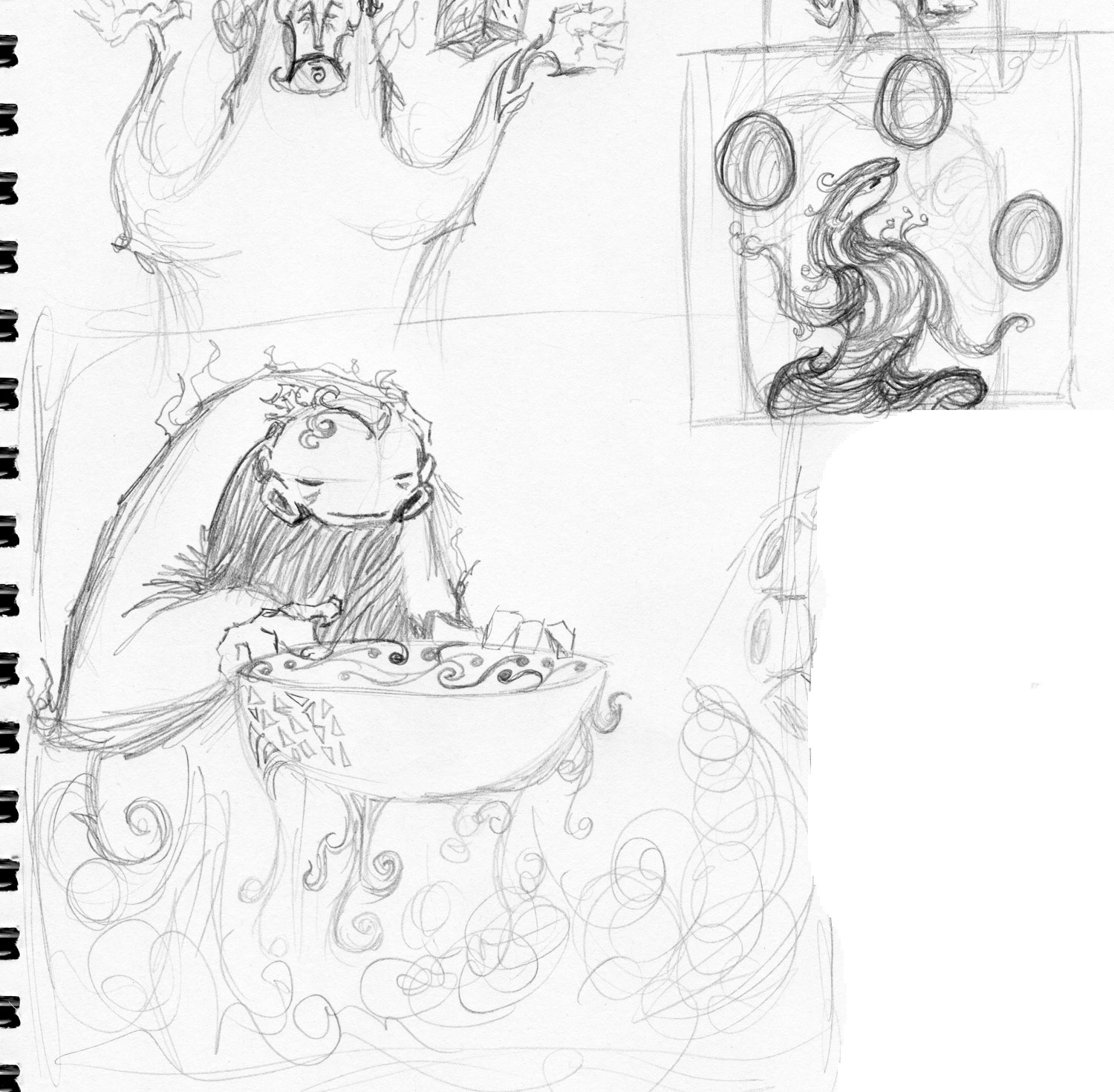The Meditant • Relics 1
⊛ The Meditant • Relics 1
⊛ cut paper + washi + chiyogami / hardboard panel
⊛ 4.7 x 4.7 in • 120 x 120 mm
Behold, these strange geometries.
These improbable shapes. What promises engraved in their multiple facets? These untethered conduits. These esoteric radios. What supplications are transmitted on celestial frequencies? What bewildering messages lay undetected and undecoded in their patterns and textures?
The Meditant is the first of, I hope, an extensive series exploring the idea of prayer, supplication, the human desire to reach beyond the graspable flesh and impermanence of our own bodies and existence and into the spiritual, divine and eternal.
A few months ago, I was invited to join an exhibition at Arts Rush Gallery in Tokyo. The theme was Inori 「祈り」or prayer. At the same time, I got involved with Ginza Gallery G2's collection at the Affordable Art Fair in Milan and Berlin. This turned out to be a mostly happy coincidence.
Gallery G2's brief called for Black & White monochromatic pieces at 120 x 120 mm (let's say 5 x 5 inches, give or take). Dabs of color that could be found in traditional Japanese art - some particular reds or blues, silver and gold - could pop up too, so long as they didn't run rampant.
I hadn't worked in B&W cut paper since art school, so I was a little tentative.
Strict limitations can have two possible outcomes; the imagination can be suffocated by the heaviness of the rules, or creativity can ignite. I feel that, in this case, inspiration won out.
Considering the uncountable ways to interpret the topic of prayer, starting with a set of boundaries helped focus my thinking. It's fascinating that, in our need and desire to touch the spiritual we ground ourselves with tactile, physical items. A saint's finger. A carved symbol. The written word. A relic. Something we can see, touch, and feel to anchor us to this world while we attempt to explore beyond.
I'm incredibly excited about these uniquely patterned shapes and devices. What is their purpose? What is the intention behind their use? Do they possess life or consciousness of their own? Do they enable a connection with worlds or beings beyond our normal grasp? Or are they fruitless and meaningless objects exemplifying our failure to experience anything beyond ourselves?
And then there are the multiple definitions of the word relic itself. A venerated object with a supposed connection to the divine. A vestige of a ruined and dead society. A nostalgic leftover, signifying the worship of a supposedly better bygone era.
The Meditant and it's companion piece can currently be seen at Ginza Gallery G2's booth at the Affordable Art Fair in Brussels until Feb. 20, 2017.





